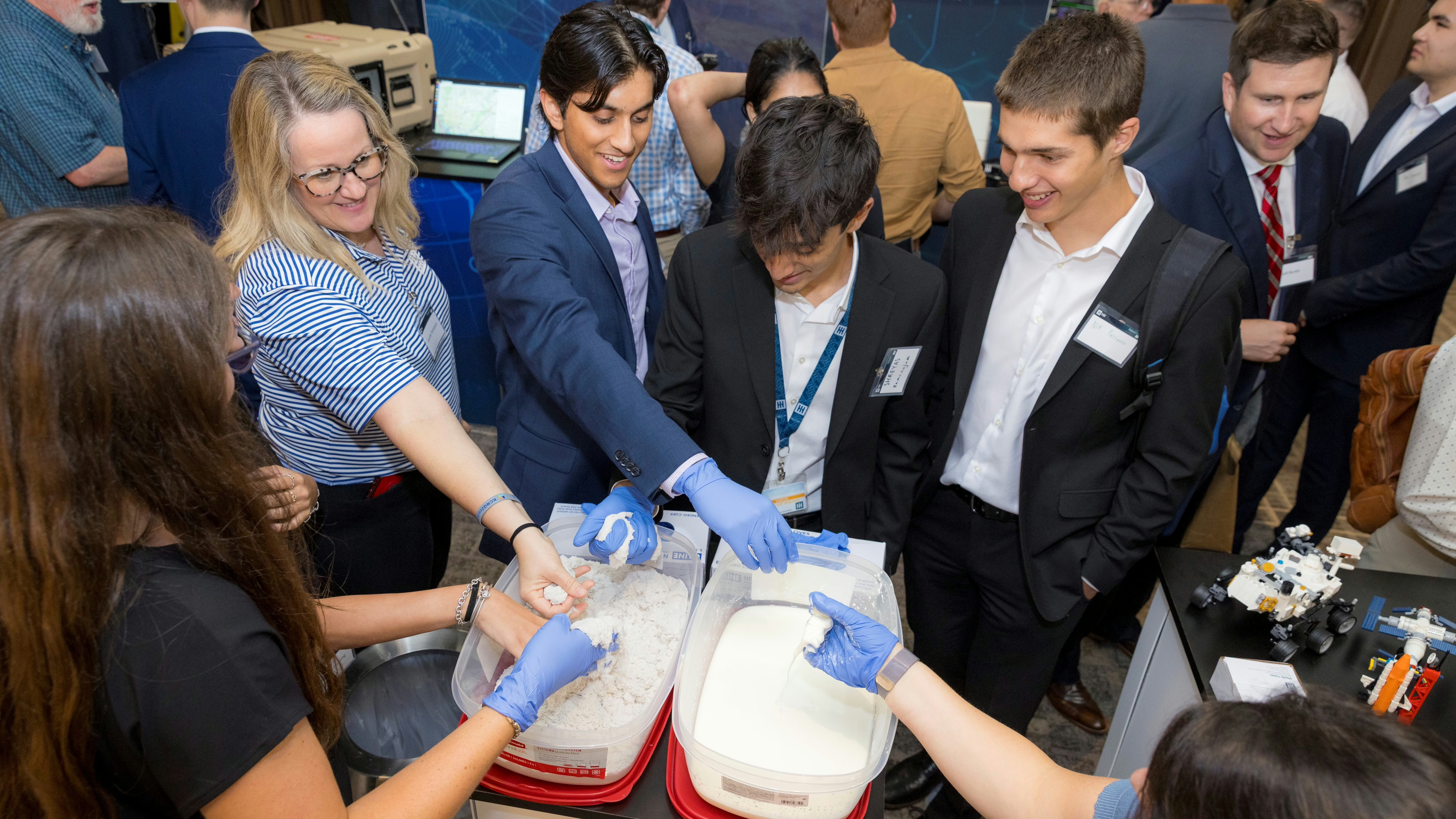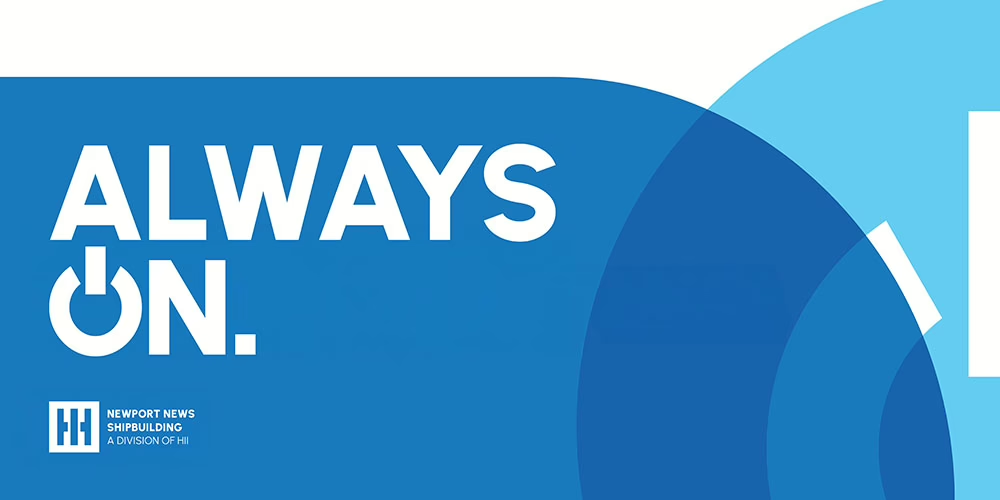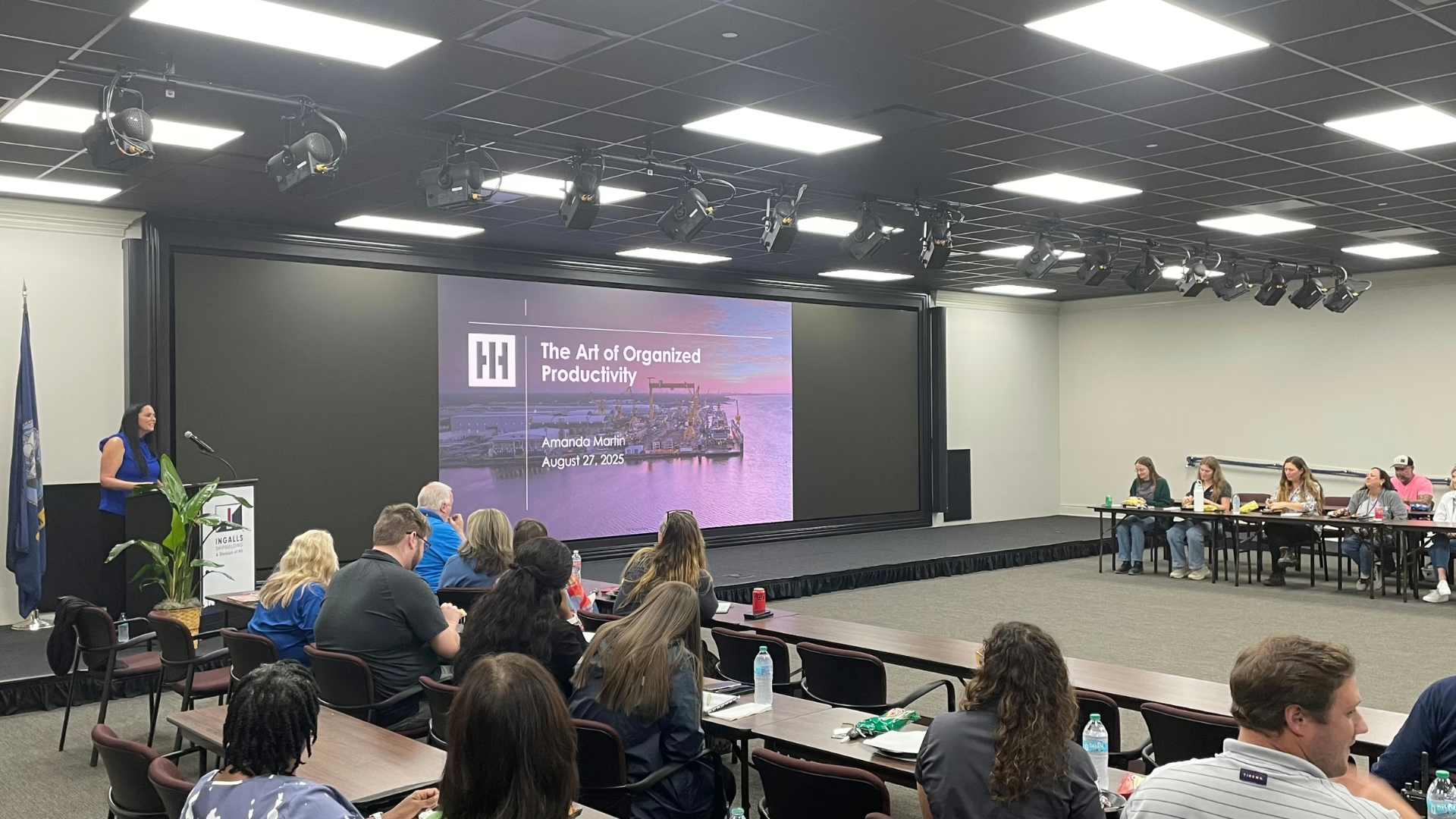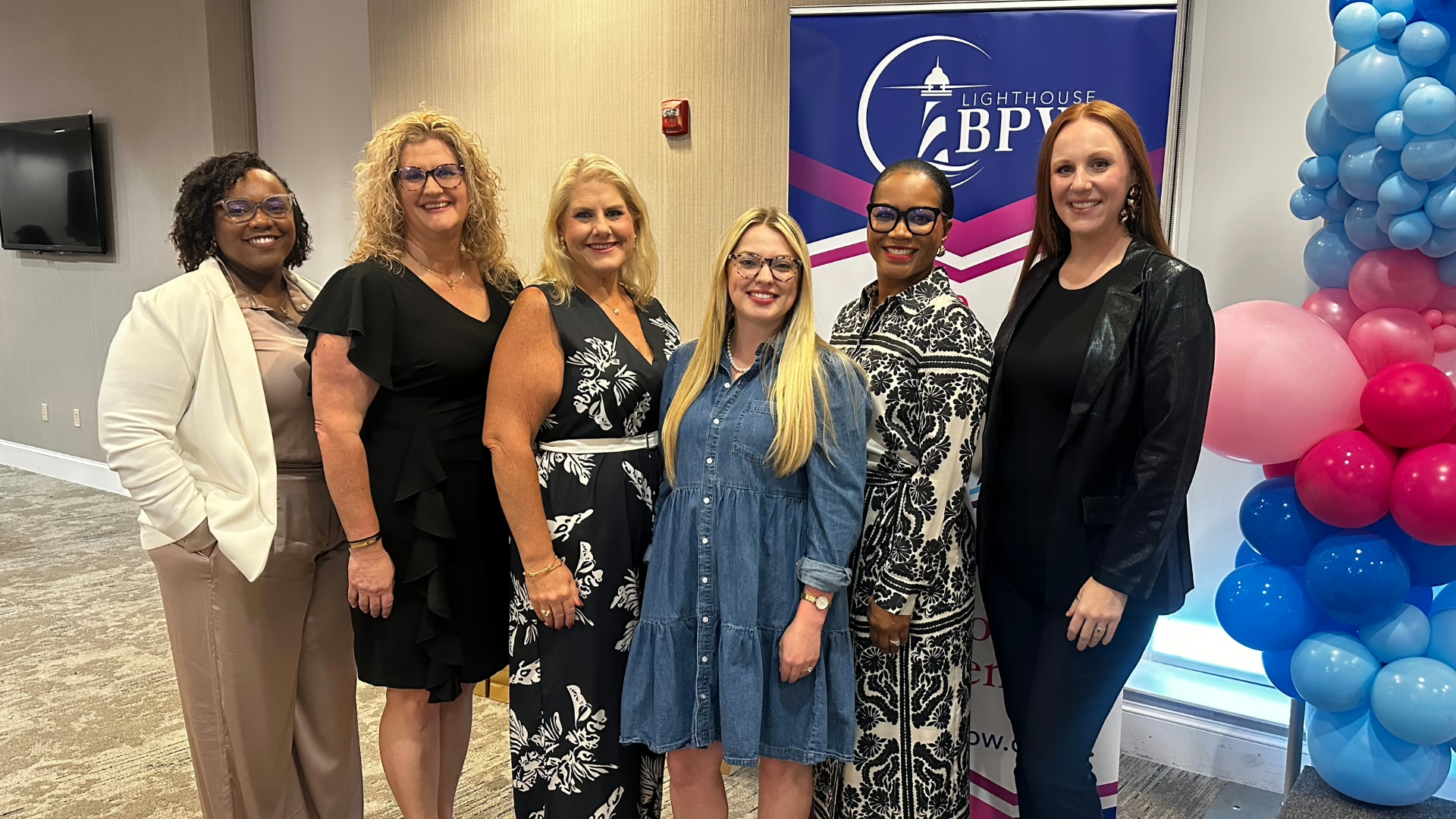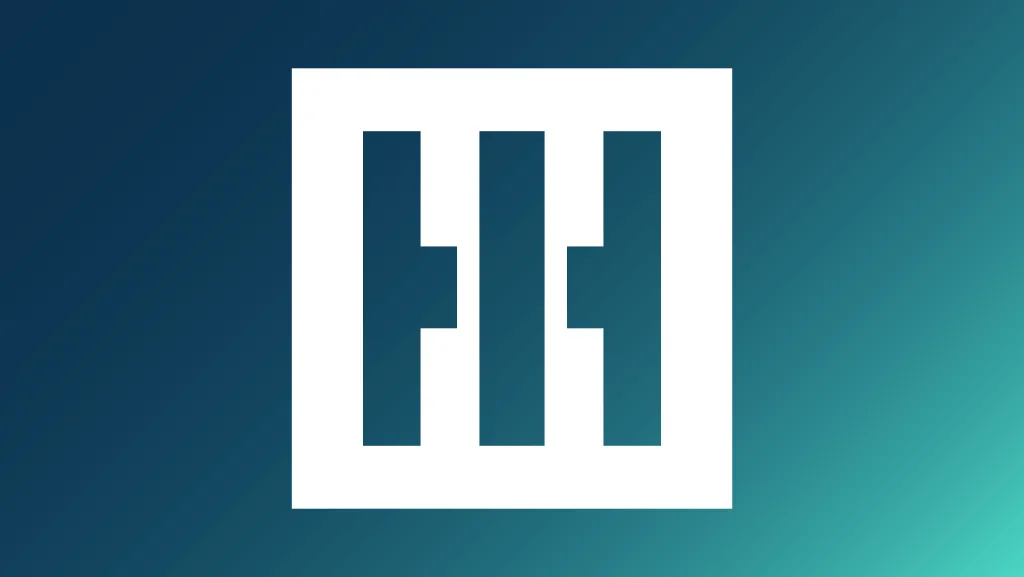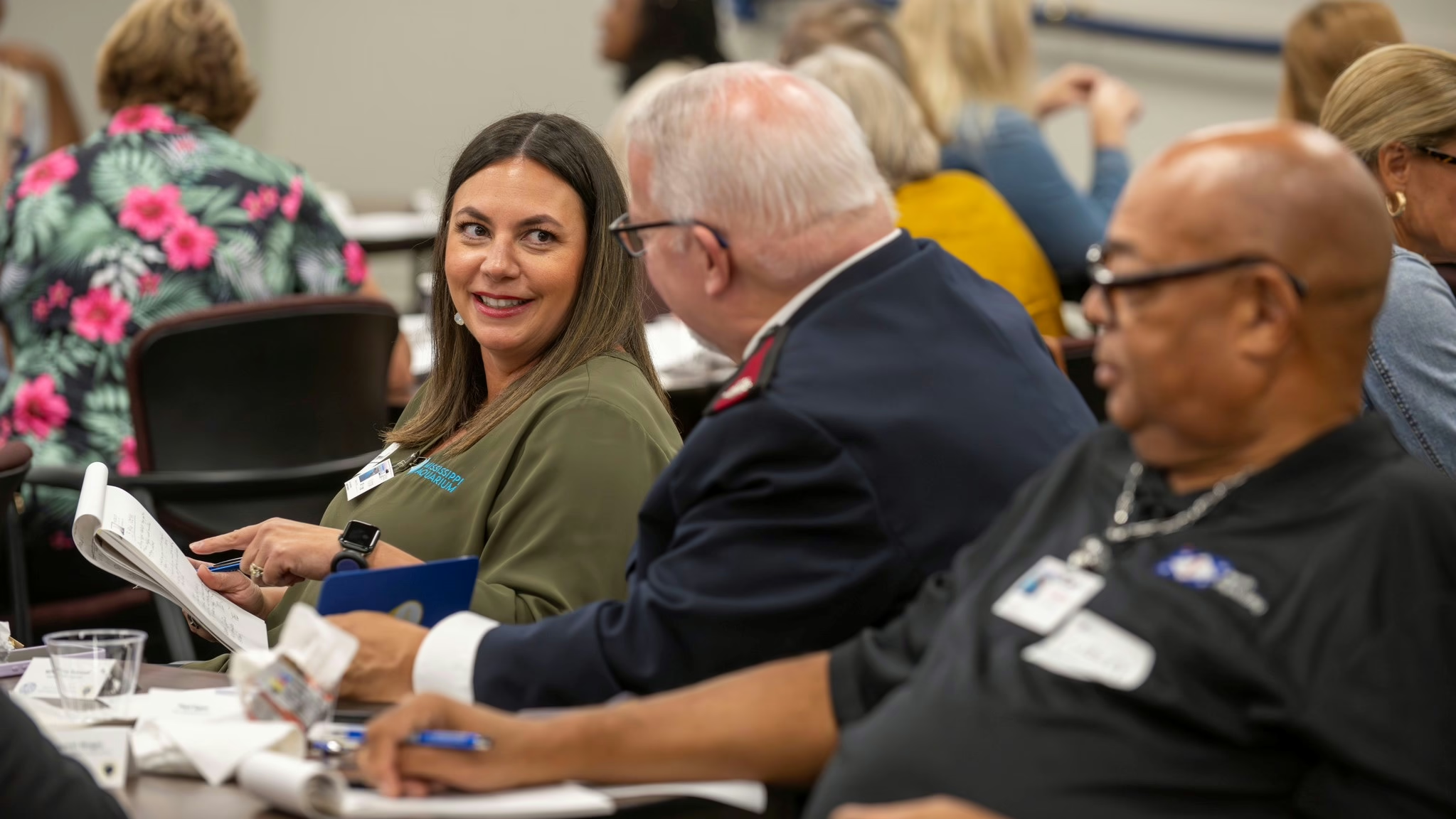A brain aneurysm is a weak, bulging area in an artery in the brain, similar to a thin balloon or a weak spot on a tire’s inner tube. Because its walls may be weak and thin, an aneurysm is at risk of rupturing. If an aneurysm ruptures, blood spills into the space between the skull and the brain. This results in a serious type of stroke known as a subarachnoid hemorrhage, which can be deadly. Brain aneurysms are commonly misunderstood as something that comes out of nowhere, that can’t be traced or treated —which is false. In some instances brain aneurysms can be traceable through family medical history, discovered through recognizing symptoms and receiving annual health exams, and may be preventable through living a healthy lifestyle.
Having survived from a ruptured brain aneurysm, Mission Technologies employee Niki Hence knows how crucial it is to be knowledgeable and proactive when it comes to brain aneurysms. After losing a fellow HII colleague and friend to an undiagnosed brain aneurysm, Niki decided it was time to tell her story to spread awareness of brain aneurysms to her community.
Niki’s journey with brain aneurysms began during her annual high school sports physical, where she was diagnosed with high blood pressure, or hypertension, her senior year. Since she was young, had no relevant health issues in her medical family history, and every other test showed up normal, this didn’t raise any red flags to her doctor at the time.
“Senior year of high school I went in for my sports physical and my blood pressure was through the roof, but they didn’t want to diagnose me with anything or do anymore testing,” Niki said. “They said I was too young and healthy to have hypertension.”
In years that followed, Niki continued to have high blood pressure, even though she maintained a healthy lifestyle and had no other major medical red flags. This changed when in February of 2001 at the age of 20, Niki began to experience a series of severe and painful headaches, which lead up to a thunderclap headache.
“A thunderclap headache is an extremely painful headache which is the result of the body trying to stop the bleeding within the brain when you have a tear resulting from a brain aneurysm,” Niki explained.
Four months later, at the urging of a nurse at her pediatric cardiologist’s office, Niki went to the emergency room where she was diagnosed with two brain aneurysms, and found out that one of them had ruptured.
“I took the nurses advice and went to the emergency room, and my ER doctor found a bleed in my brain,” Niki said. “I was diagnosed with two brain aneurysms through an angiogram scan, and found out that one of them had ruptured. While this came as a shock, the good news was that they had options and a plan for treatment.”
Niki’s medical team at the emergency room was able to perform surgery, and successfully clip and obliterate both of her aneurysms. The surgery was a success, and even though she had a long road to recovery ahead of her, Niki was grateful that she had listened to her nurse and went to the ER. From this experience, Niki knew that she needed to learn as much as she could about brain aneurysms. While doing her research, she was shocked to find out that they actually ran in her family.
“I found out that my family has a history of brain aneurysms, but no one had ever tracked it, so it wasn’t a part of my medical history,” Niki said. “I had found out about it after being diagnosed with brain aneurysms, and also found out that several family members had had them.”
Finding out this first bit of information about her family’s medical history was the beginning to learning more about brain aneurysms for Niki. She learned as much as she could about how to spot symptoms, what she could do to prevent ruptures, and what important screenings she needed to regularly have with her primary care physician (PCP).
“I learned that the best thing you can do is to first know your genetic history and if brain aneurysms run in your family. It’s also very important to have regular screenings with your primary care physician and to properly monitor your blood pressure,” Niki said. “Living a healthy lifestyle by eating healthy, not smoking and not taking illegal drugs can help to prevent high blood pressure, which can also help to prevent brain aneurysms from rupturing.”
Niki’s goal is now to spread awareness and information surrounding brain aneurysms, including how they can be prevented, knowing the warning signs, and for people to know the importance of having regular screenings with their primary care physician.
“After my first surgery, I was on a ventilator for 30 days after the surgery. I had to relearn how to walk and talk again. Some people tell me that they wouldn’t want to know if they had an aneurysm. But I tell them that you do want to know if you have one, because 16 years after that ER doctor found my first aneurysm, they were able to catch and remove another aneurysm and I was able to go home and eat dinner like normal after the procedure,” Niki said. “Knowing the symptoms can save your life because if your medical team knows that you have a family history or personal history with brain aneurysms as well as identifying the thunder clap headache, in many instances treatment is expedited which minimizes the wait. Telling them your medical history can save your life. Knowing about aneurysms and being proactive and screening is critical.”
Niki currently lives with an aneurysm in a non-critical area of her brain that it is monitored due to her medical history. She continues to live a healthy and happy life, and has made it her mission to tell others in her community about her own experience with brain aneurysms and what they can do to be proactive about their health. Receiving your necessary annual health screenings, monitoring your blood pressure and regularly visiting with a primary care physician can save your life, and can reveal otherwise undiscoverable health conditions like brain aneurysms.
Learn more about brain aneurysms and their symptoms by visiting bafound.org.
Establish a Primary Care Physician (PCP), get your annual health screenings, and monitor your blood pressure through your HII Benefits
The HII Family Health Centers offer personalized care with a focus on prevention and health maintenance. HII employees and their family members can establish long-term care with a Primary Care Physician and receive important annual health screenings, such as testing for high blood pressure, at their annual physical and while completing the Know Your Numbers program.
All HII employees are invited to complete the annual Know Your Numbers program to gain awareness into their health numbers, such as blood pressure, cholesterol and blood sugar, to help them better understand their health and potentially stop disease before it starts. Plus, you may be eligible to save $600 annually on your medical insurance premium, or be entered into a quarterly drawing.
Get access to personalized monitoring tools, educational resources and health coaching services to help you manage your cardiovascular wellness, including your blood pressure, through your HII benefit Hello Heart. The Hello Heart app lets you track multiple health stats and easily manage your heart health all in one secure place, accessible whenever you need it. Plus, you can easily share your health data with your health care provider if you choose to.
For eligibility information and to learn more visit HIIBenefits.com.



